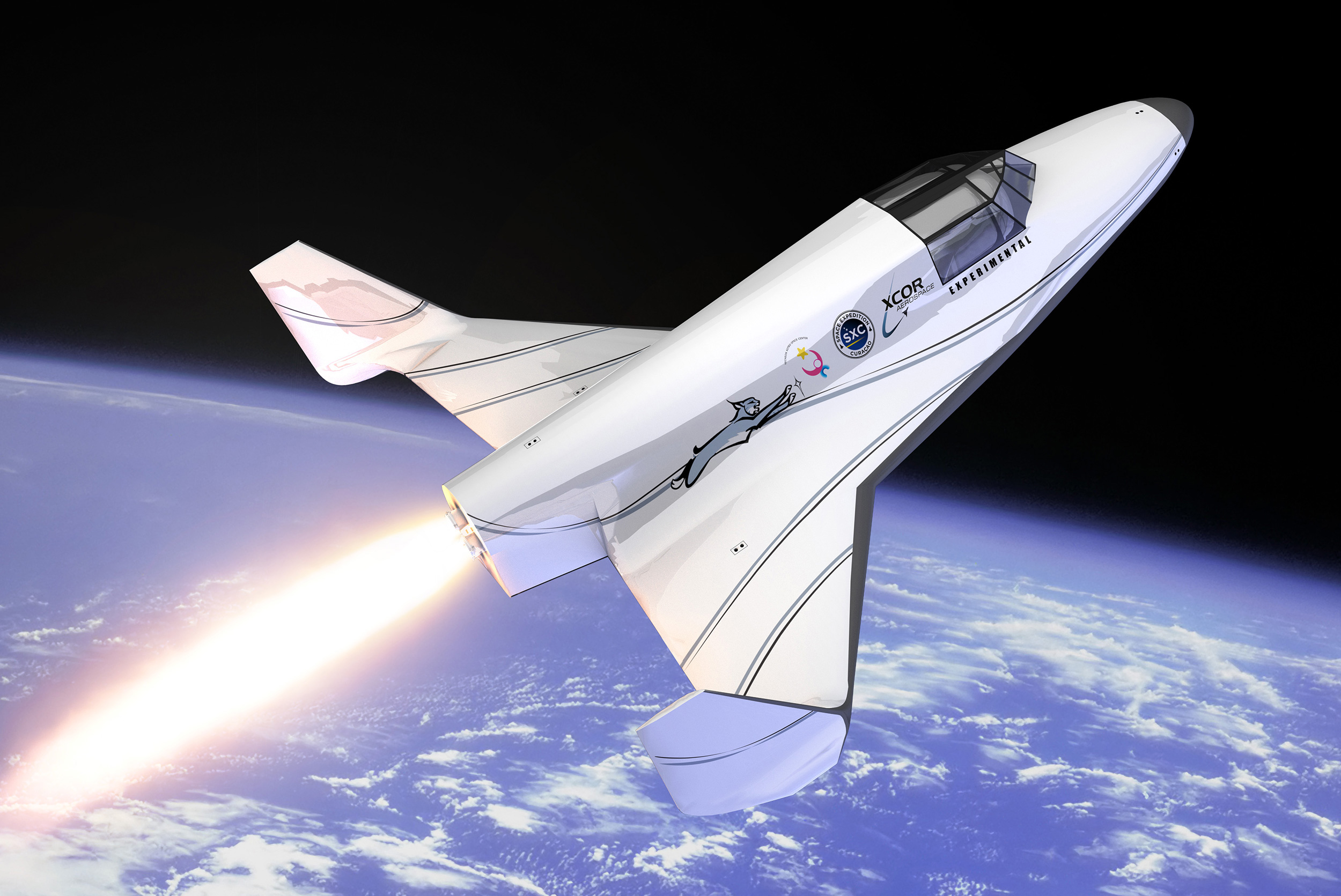First of all: Erase the term "commercial space approach" from your head. Its plain theology and no scientifical term from economics. It has shown nothing. NASA commercial spaceflight program has achieved so far nothing new at all. The Soyuz-TMM spacecraft was, despite its prolonged development cycle, still by a factor 20 cheaper than the Dragon Spacecraft project.
Next: Cost estimates are done by various ways and I can't tell you, which one of those EADS used. What you can be sure of, is that a design to cost approach was used, because that is standard among the European Aerospace Industry. The project model is like Airbus aircraft projects, so it is likely that its the EADS cost estimate approach that has proven itself in commercial aircraft projects.
Finally: Important is not, how high the costs are, when you estimate them, but how close you get to your estimate and on which side of the estimate you land in the end.
Your favorite company might use the new economy model of expressively optimistic cost estimates. I prefer the conservative cost estimate model, that is first very depressing and discouraging, but offers the lowest risk to the company, should the calculation fail. So far, experience has shown, that the conservative cost estimate approach has never been far too high, since you don't estimate for artificially inflated costs by it, like many claim. You just assume that problems will happen and time buffer and budgets for alternative solutions will be necessary, even if the customer might not like it or a rival might decide to go without. Its often better to lose a contract than to risk a dead company.
So: You can expect that 1.3 billion Euro will be needed for a reason. As you can see with Virgin Galactic and SpaceShipTwo, getting to a product that can be sold is much much harder than sending an aircraft into space.

